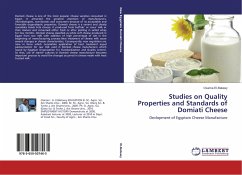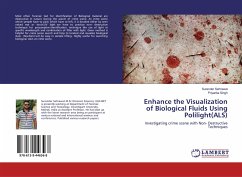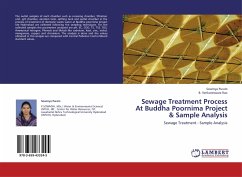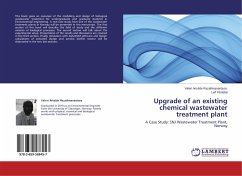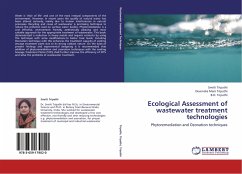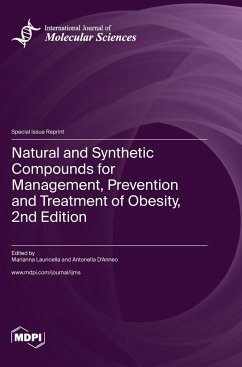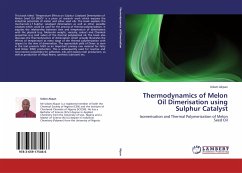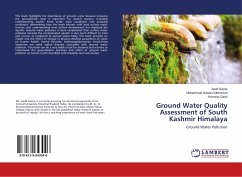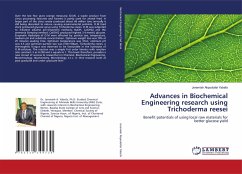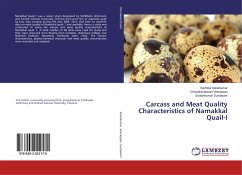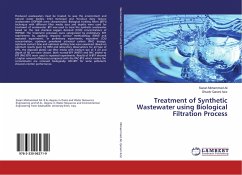
Treatment of Synthetic Wastewater using Biological Filtration Process
Versandkostenfrei!
Versandfertig in 6-10 Tagen
33,99 €
inkl. MwSt.

PAYBACK Punkte
17 °P sammeln!
Produced wastewaters must be treated to save the environment and natural water bodies. Erbil municipal and Yoruksut dairy factory wastewaters (YDFWW) were characterized. Biological trickling filters (BTFs) technique with different filter media sizes and depths were used for treatment of wastewater. BTF was used to treat the synthetic wastewater based on the real chemical oxygen demand (COD) concentrations of YDFWW. The treatment processes were categorized by preliminary, BTF experiments by applying response surface methodology (RSM) and repeated experiments. In preliminary experiments, equival...
Produced wastewaters must be treated to save the environment and natural water bodies. Erbil municipal and Yoruksut dairy factory wastewaters (YDFWW) were characterized. Biological trickling filters (BTFs) technique with different filter media sizes and depths were used for treatment of wastewater. BTF was used to treat the synthetic wastewater based on the real chemical oxygen demand (COD) concentrations of YDFWW. The treatment processes were categorized by preliminary, BTF experiments by applying response surface methodology (RSM) and repeated experiments. In preliminary experiments, equivalent COD concentration, optimum powdered activated carbon (PAC) dosage, optimum contact time and optimum settling time were examined. Based on optimum results given by RSM and laboratory observations for all type of BTFs, the disposed plastic cap filter media with medium size of 5 cm and depth of 60 cm were chosen. Both normal-BTF (N-BTF) and PAC added to BTF (PAC-BTF) were used in repeated experiments. Results of N-BTF showed a higher removal efficiencies compared with the PAC-BTF, which means the contaminants are removed biologically. PAC-BTF for some pollutants showed a better performance.



